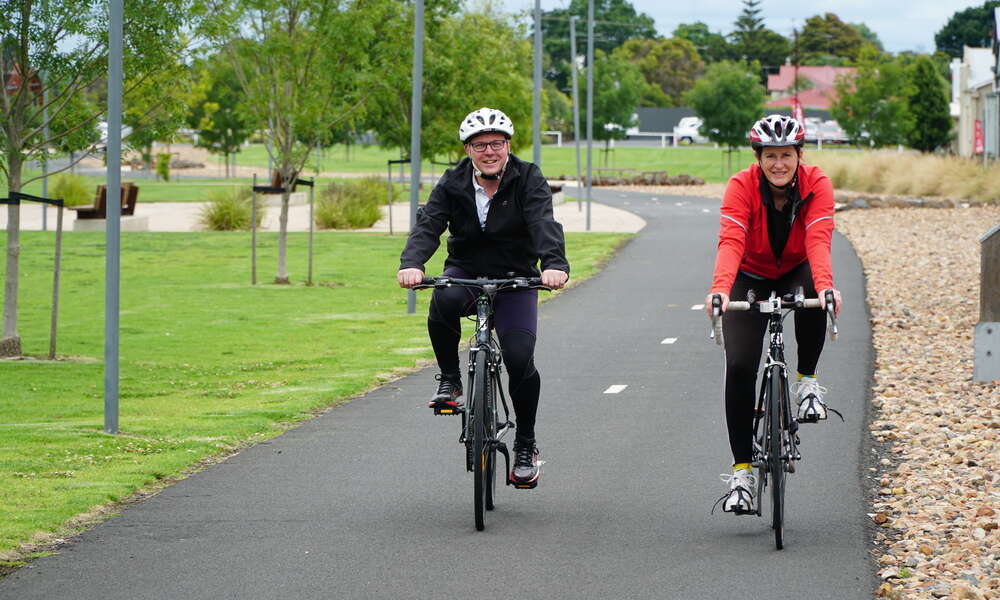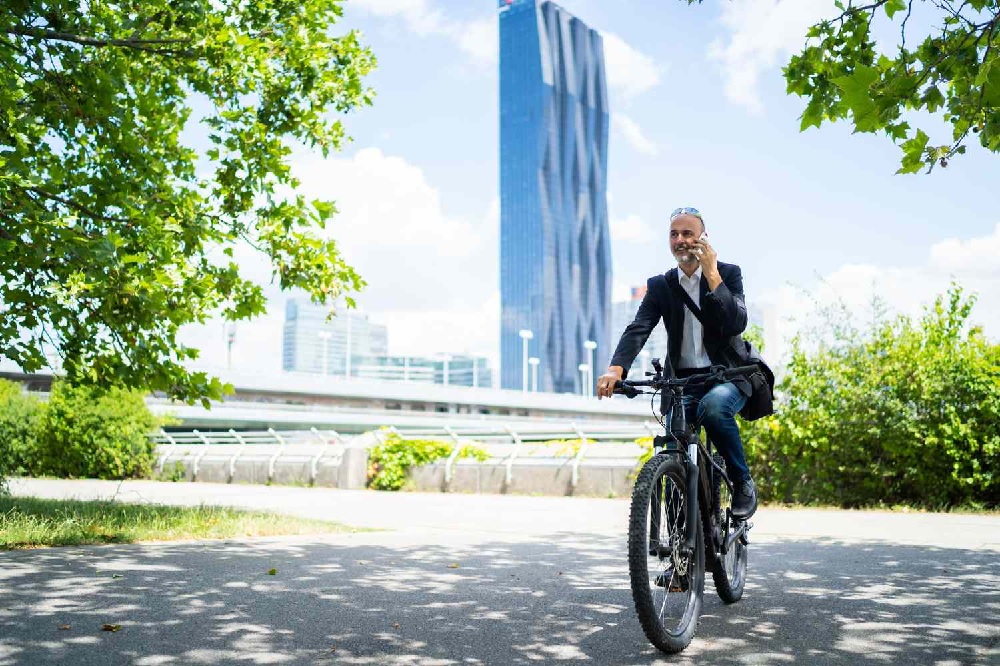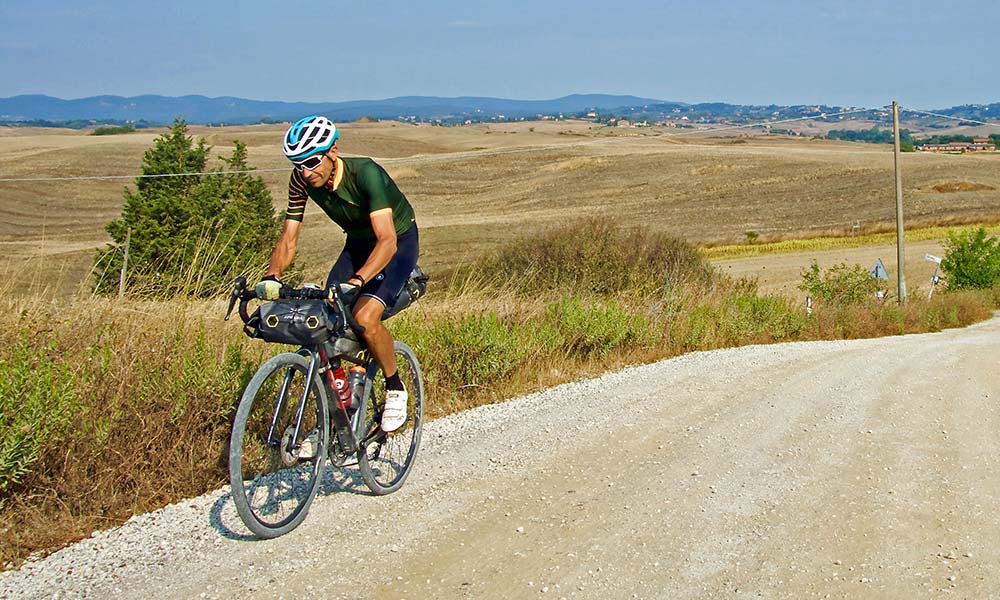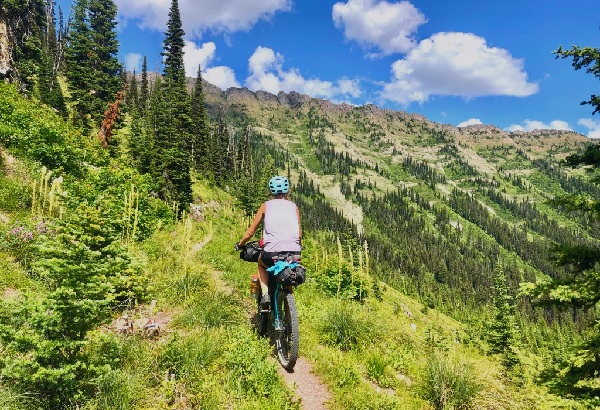When it comes to high-performance road bikes, there are a variety of materials and design features that can make all the difference in terms of speed, comfort, and overall performance. In this article, we will take a detailed look at the most common materials used in high-performance road bikes, as well as the design features that can have the biggest impact on how the bike performs.
Materials
One of the most important factors to consider when choosing a high-performance road bike is the material it is made from. The most common materials used in high-performance road bikes include:
- Carbon Fiber
- Aluminum
- Titanium
Carbon Fiber
Carbon fiber is perhaps the most popular material for high-performance road bikes, and for good reason. It is incredibly lightweight, yet extremely strong and durable. Carbon fiber frames are also highly customizable, allowing for a variety of design options and features that can be tailored to the individual rider’s needs.
Aluminum
Aluminum is another popular material for high-performance road bikes, due to its strength, durability, and relatively low cost. Aluminum frames are also highly customizable, and can be designed to be stiff or compliant, depending on the rider’s preferences.
Titanium
Titanium is a more niche material for high-performance road bikes, but it has its own unique advantages. Titanium frames are extremely durable and corrosion-resistant, and they offer a unique ride feel that some riders find more comfortable than carbon fiber or aluminum.
Design Features
In addition to the material the bike is made from, there are a variety of design features that can impact its performance. Some of the most important design features to consider when choosing a high-performance road bike include:
- Frame Geometry
- Fork Design
- Wheel Size and Type
- Groupset Components
Frame Geometry
The geometry of the bike’s frame can have a big impact on how it rides. A more aggressive geometry, with a longer top tube and shorter head tube, will result in a more aerodynamic position that is better suited for racing. A more relaxed geometry, with a shorter top tube and longer head tube, will be more comfortable for longer rides.
Fork Design
The design of the bike’s fork can also impact its performance. A stiffer fork will result in more precise handling, while a more compliant fork will absorb more road vibrations and be more comfortable to ride.
Wheel Size and Type

The size and type of wheels the bike uses can also impact its performance. Smaller wheels will be lighter and more maneuverable, while larger wheels will roll over rough terrain more easily. Additionally, different types of wheels, such as aero or climbing wheels, can be designed for specific purposes and improve the bike’s overall performance.
Groupset Components
The groupset components, such as the brakes, derailleurs, and shifters, can also impact the bike’s performance. Higher-end components will be lighter and more precise, resulting in better shifting and braking performance.
Conclusion
When it comes to choosing a high-performance road bike, there are a variety of factors to consider, including the materials it is made from and the design features that impact its performance. By understanding these factors and choosing a bike that is tailored to your individual needs and preferences, you can ensure that you get the most out of your cycling experience.









